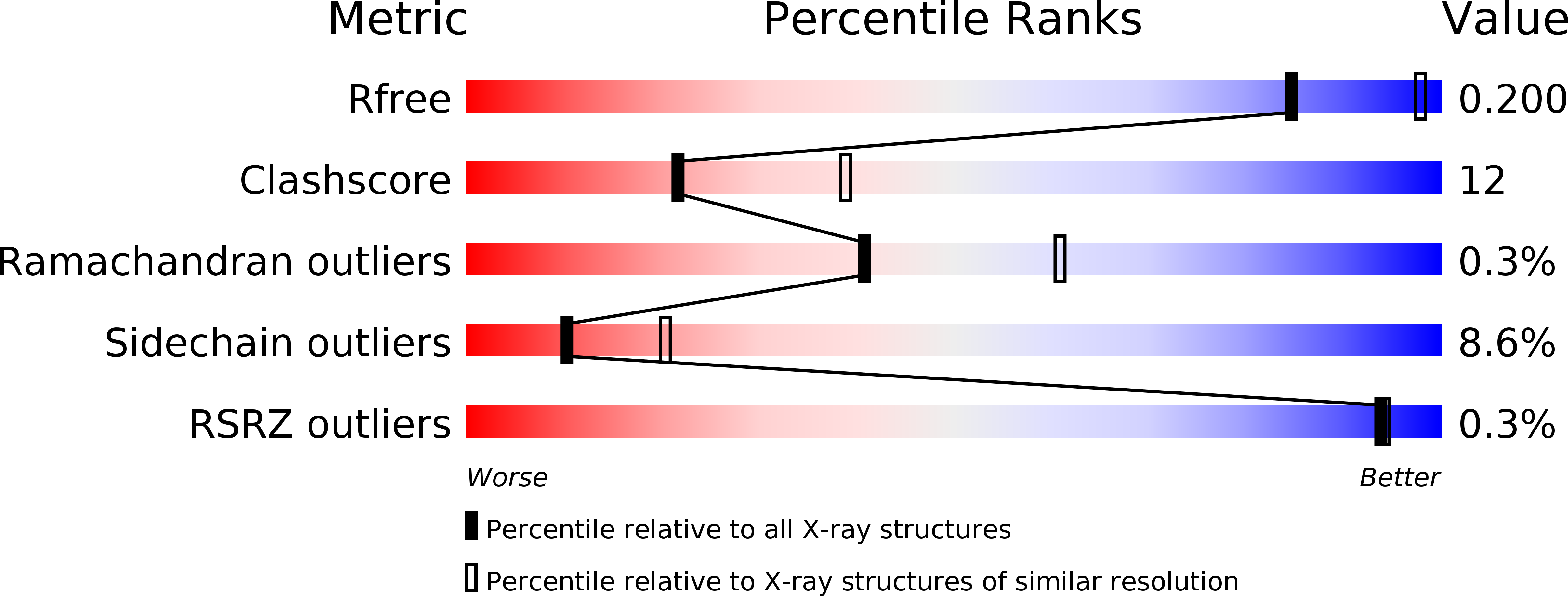
Deposition Date
2015-07-06
Release Date
2016-10-05
Last Version Date
2023-09-27
Entry Detail
PDB ID:
5CEE
Keywords:
Title:
Malic enzyme from Candidatus Phytoplasma AYWB in complex with NAD and Mg2+
Biological Source:
Source Organism:
Host Organism:
Method Details:
Experimental Method:
Resolution:
2.50 Å
R-Value Free:
0.19
R-Value Work:
0.14
R-Value Observed:
0.15
Space Group:
P 31 2 1


